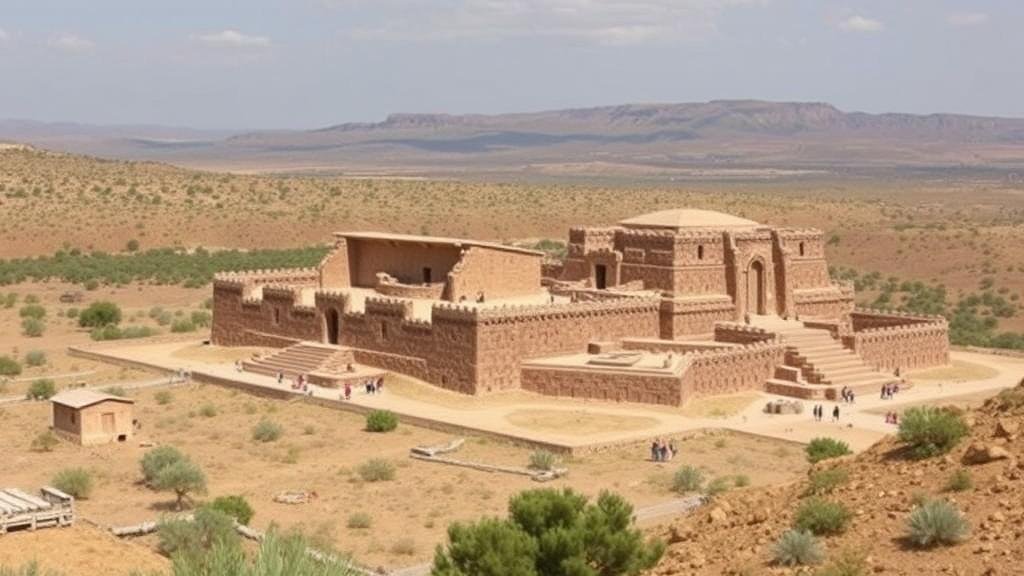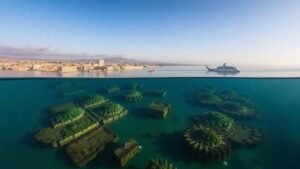Searching for the fabled city of Tartessos, believed to be buried in southern Spain.
The Search for Tartessos: Unraveling the Mysteries of a Fabled City
The quest for the legendary city of Tartessos has captivated historians, archaeologists, and treasure hunters for centuries. Believed to be buried beneath the earth in southern Spain, Tartessos has been described as a center of wealth, trade, and culture in the ancient world. This article delves into the historical significance of Tartessos, its supposed location, and the ongoing search that blends mystery with archaeological rigor.
Historical Background: What Was Tartessos?
Tartessos is first mentioned in ancient Greek texts, notably by the philosopher Plato in his dialogues Timaeus and Critias. Plato portrayed Tartessos as a thriving civilization flourishing with riches and advanced knowledge. Its wealth was often attributed to trade with other Mediterranean cultures, especially the Phoenicians.
Estimated to have existed from the 9th to the 6th centuries BCE, Tartessos is believed to have been located near the Guadalquivir River, close to modern-day cities such as Seville and Cádiz. The exact geographic location remains debated, with multiple theories suggesting various underwater and land-based sites as potential candidates for its ruins.
Geographical Theories and Evidence
Several sites have been proposed as the true Tartessos, based on both literary references and archaeological findings. Key locations include:
- Sanlúcar de Barrameda: This coastal city, located near the mouth of the Guadalquivir River, has long been considered a candidate. Excavations have revealed artifacts suggestive of a wealthy trading center.
- Doñana National Park: Some archaeologists have posited that the submerged landscapes of this park could be hiding remnants of Tartessos, particularly under the waters of the marshes.
- Provincia de Cádiz: The region of Cádiz itself continues to yield treasures, including various ancient shipwrecks and metalwork that reflect a rich maritime culture potentially linked to Tartessos.
The ongoing study of these areas is bolstered by advances in underwater archaeology, enabling researchers to explore locations previously deemed inaccessible. Notably, the use of sonar technology and remotely operated vehicles (ROVs) has opened new avenues for discovery.
Archaeological Discoveries: Glimpses of Tartessos
Archaeological evidence from the Iberian Peninsula has provided intriguing insights into the existence of Tartessos. Excavations at various sites have uncovered:
- Gold and Silver Artifacts: Items such as gold jewelry and silver coins have been found, which support the notion of a wealthy civilization engaged in trade.
- Phoenician Pottery: The presence of Phoenician-style pottery at excavation sites indicates significant interaction with other Mediterranean cultures, as the Phoenicians were known traders.
- Urban Planning Evidence: Remains of structured settlements, including public spaces and residential areas, highlight the sophistication of this society.
Notably, the 2008 discovery of a wealth of artifacts in the Gadir archaeological site in Cádiz sparked renewed interest in Tartessos, as it showcased a rich culture that aligns with Platos descriptions.
The Cultural Legacy of Tartessos
The influence of Tartessos extends beyond its geographical boundaries. Its legacy can be seen in various aspects of culture:
- Literature: Tartessos has inspired countless works, from ancient texts to modern literature, often represented as a symbol of lost civilizations.
- Art: Artistic representations throughout history have drawn on the mythical riches of Tartessos, using its legend to explore themes of wealth and downfall.
In modern times, the story of Tartessos stimulates the imagination, drawing parallels with other lost cities like Atlantis, encouraging a blend of scientific inquiry and intrigue.
Challenges in the Search
The quest for Tartessos is not without its challenges. The regions complex geology, changes in sea levels, and sedimentation patterns over millennia complicate the task of locating historical ruins. Also, archaeological work in sacred or protected lands faces bureaucratic hurdles.
Also, there exists the constant tension between myth and reality. While many enthusiasts ascribe grandiose tales and expectations to the search, the scientific community often emphasizes the need for rigorous standards of evidence. As a result, discoveries are subject to scrutiny and debate, which adds layers of complexity to the search.
Actionable Takeaways
For historians and enthusiasts eager to learn more about Tartessos, consider the following:
- Stay Informed: Follow archaeological publications and updates from universities conducting research in southern Spain.
- Participate in Archaeological Programs: Engage with organizations that provide opportunities for community involvement in archaeological digs or educational tours.
- Explore Related Literature: Read both historical accounts and modern analyses regarding Tartessos and its contemporary relevance to understand the ongoing discussions surrounding this fabled city.
The ongoing search for Tartessos reminds us of the enduring allure of ancient mystery. By continuing to engage with this narrative, we may not only uncover the secrets of the past but also enrich our understanding of human civilization.



